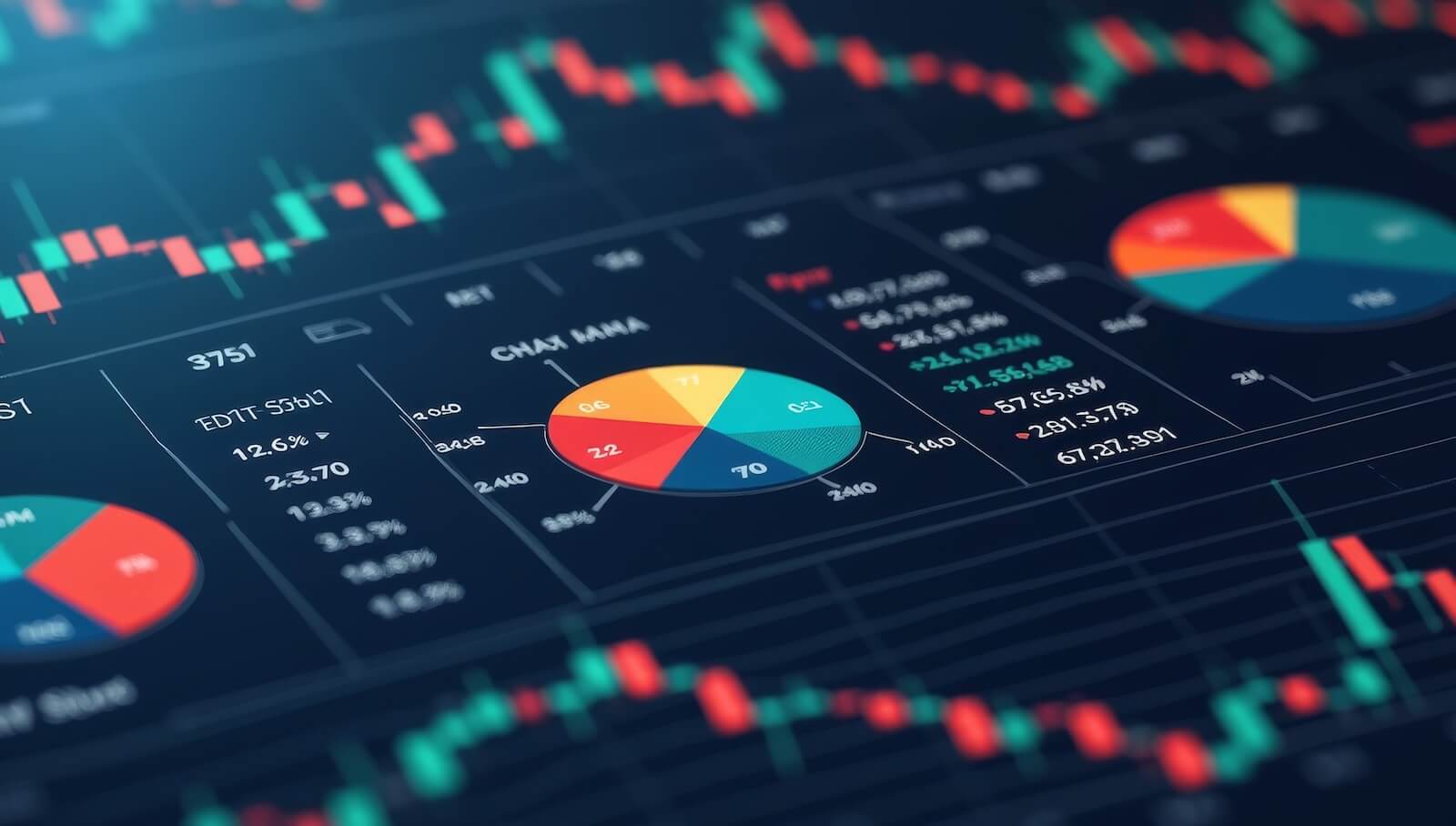THE DOLLAR MAY REMAIN WEAK UNTIL THE FED STARTS TO RAISE SHORT-TERM INTEREST RATES
LOW U.S. RATES ARE HURTING THE DOLLAR... The direction of the U.S. dollar is heavily influenced by the direction of U.S. interest rates -- especially short-term rates. Since 2000, the Fed has dropped short-term rates to the lowest level in decades. And has pledged to keep them there. Next to Japan, the U.S. has the lowest short-term rates of any major country. That's what's keeping the dollar under pressure. Charts 1 and 2 compare the 3 month T-bill rate (Chart 1) to the U.S. Dollar Index (Chart 2) from 1995 to the present. Short-term rates started to plunge near the end of 2000 (see top red arrow) as the Fed embarked on an aggressive easing program. It was right around that time that the dollar started to peak (see lower red arrow). It took until the start of 2002 for the dollar to start to tumble (red circle). With short-term rates staying so low over the past year, the dollar has continued to fall. The Fed has kept rates low as added insurance against deflationary tendencies.

Chart 1

Chart 2
LONGER-TERM COMPARISON... Charts 3 and 4 compare short-term rates to the dollar since 1983. Over that twenty-year span, the correlation between the two markets can be seen. Peaks in short-term rates during 1984, 1989, and 2000 were followed by downturns in the dollar. Bounces in short-term rates during 1988 and 1992 were followed by bounces in the dollar. Short-term rates bottomed during 1992, which was the same year the dollar bottomed. The dollar and short-term rates rose together from 1992 to 2000. After that, both turned down sharply. The moral of the story is that the Fed may ultimately control the direction of the dollar. It let the dollar drop to fight deflationary pressures and to jump start the American economy. That analysis also suggests that the dollar may remain under pressure until the Fed starts raising rates.

Chart 3

Chart 4











